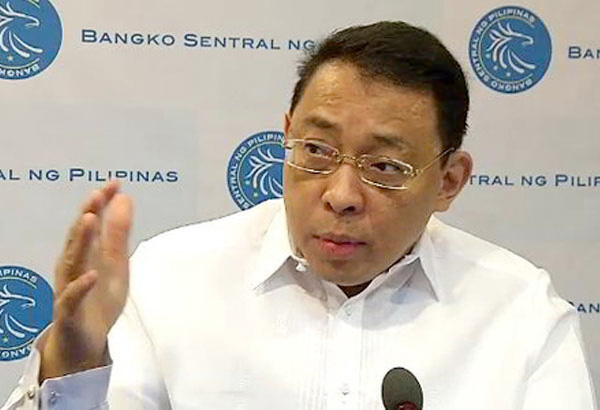Philippines: Infra spending to boost GDP
MANILA, Philippines – The massive infrastructure spending lined up by the Duterte administration may boost the country’s output by at least 1.5 percent per year, according to the Bangko Sentral ng Pilipinas.
BSP Deputy Governor Diwa Guinigundo said during the Economic Forum 2017 organized by BusinessWorld that the government has committed to spend P8.4 trillion for infrastructure until President Duterte steps down in 2022.
“If Dutertenomics achieves its goals, we expect between 1.5 percentage point and seven percent
percentage point additional growth in the economy,” Guinigundo said.
He explained the additional boost was computed based on the median elasticity of growth relative to a one percentage point increase in public spending on infrastructure. “This is an aggressive infrastructure build up,” he said.
The Duterte administration has adjusted the national government’s budget deficit ceiling as it intends to ramp up infrastructure spending to 7.4 percent of gross domestic product (GDP) by 2022 from 5.4 percent of GDP this year.
The government under its “Build, Build, Build” scheme has committed to spend a record P3.6 trillion for infrastructure between 2018 and 2020. Of the amount, P1.13 trillion would be spent next year, P1.18 trillion in 2019, and P1.29 trillion in 2020.
More than half of the government’s infrastructure budget is earmarked for transportation projects with 64.6 percent of the total or P2.33 trillion. For 2018, the Duterte administration has allotted P627.4 billion, P764.5 billion in 2019 and P937.8 billion in 2020.
Social infrastructure projects, meanwhile, received the second highest share with P636.65 billion, equivalent to 17.6 percent of the total. Based on the program, the government earmarked P255.3 billion for next year, P204.3 billion the following year and P177.09 billion in 2020.
The government also plans to spend P239.02 billion for water resources development during the administration’s three-year plan, starting with P79.21 billion in 2018, then P72.55 billion the following year and P87.26 billion in 2020.
Guiniguindo said there should be transparency and accountability in the implementation of the infrastructure spending.
In his presentation, he said the government needs to leverage and take advantage of the external headwinds brought about by the volatilities in the global market amid the normalization of interest rates taken by the US Federal Reserve.
“What we want to build are not walls but windmills. When the winds of change are coming you don’t build walls because walls will resist change. You build windmills because that will allow us to leverage even on headwinds and transform these adverse pressures to something that is more constructive,” he said.
The BSP official pointed out the government could take advantage of the capital flows to finance infrastructure projects.
“While there is so much volatility in the financial market we can leverage on these because we can expect capital flows. We can use the capital flows for banks or loans to finance public spending on infrastructure.
The economy grew 6.9 percent last year from 5.9 percent in 2015 as election related spending boosted private consumption as well as higher investments growth.
Had not for the weakness in the export sector, Guinigundo said the country’s GDP could have expanded by 11 percent last year.
Source: http://www.philstar.com/business/2017/05/22/1702195/infra-spending-boost-gdp


 English
English




